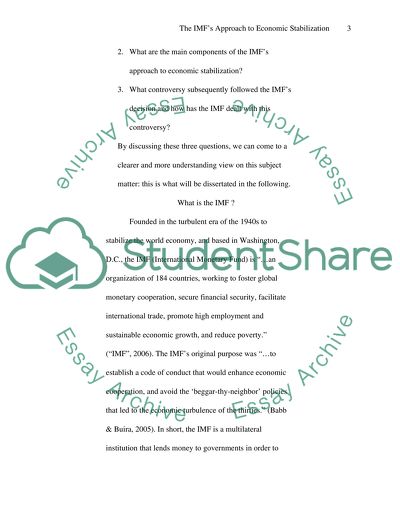Cite this document
(“The IMFs Approach to Economic Stabilization Essay”, n.d.)
The IMFs Approach to Economic Stabilization Essay. Retrieved from https://studentshare.org/politics/1511006-the-imfs-approach-to-economic-stabilization
The IMFs Approach to Economic Stabilization Essay. Retrieved from https://studentshare.org/politics/1511006-the-imfs-approach-to-economic-stabilization
(The IMFs Approach to Economic Stabilization Essay)
The IMFs Approach to Economic Stabilization Essay. https://studentshare.org/politics/1511006-the-imfs-approach-to-economic-stabilization.
The IMFs Approach to Economic Stabilization Essay. https://studentshare.org/politics/1511006-the-imfs-approach-to-economic-stabilization.
“The IMFs Approach to Economic Stabilization Essay”, n.d. https://studentshare.org/politics/1511006-the-imfs-approach-to-economic-stabilization.


